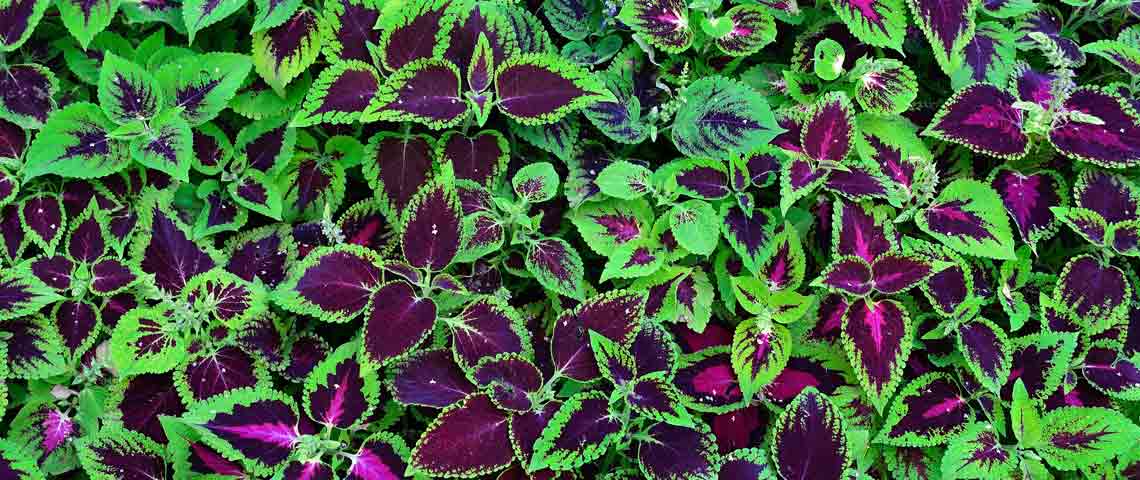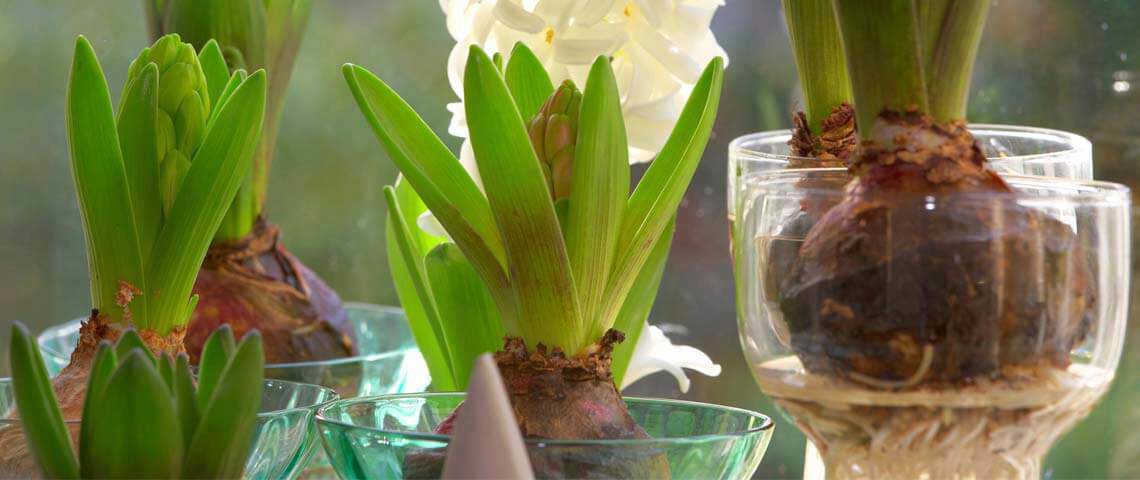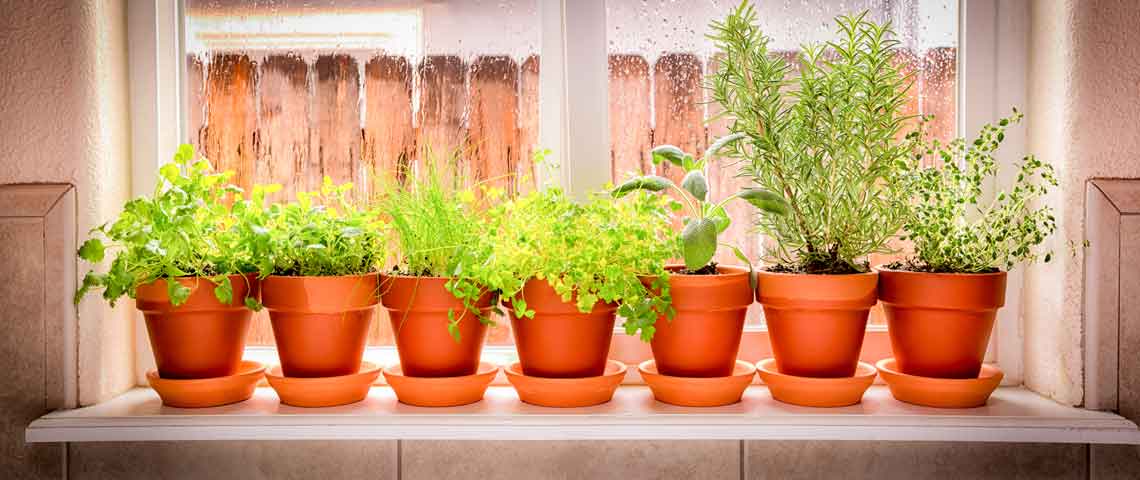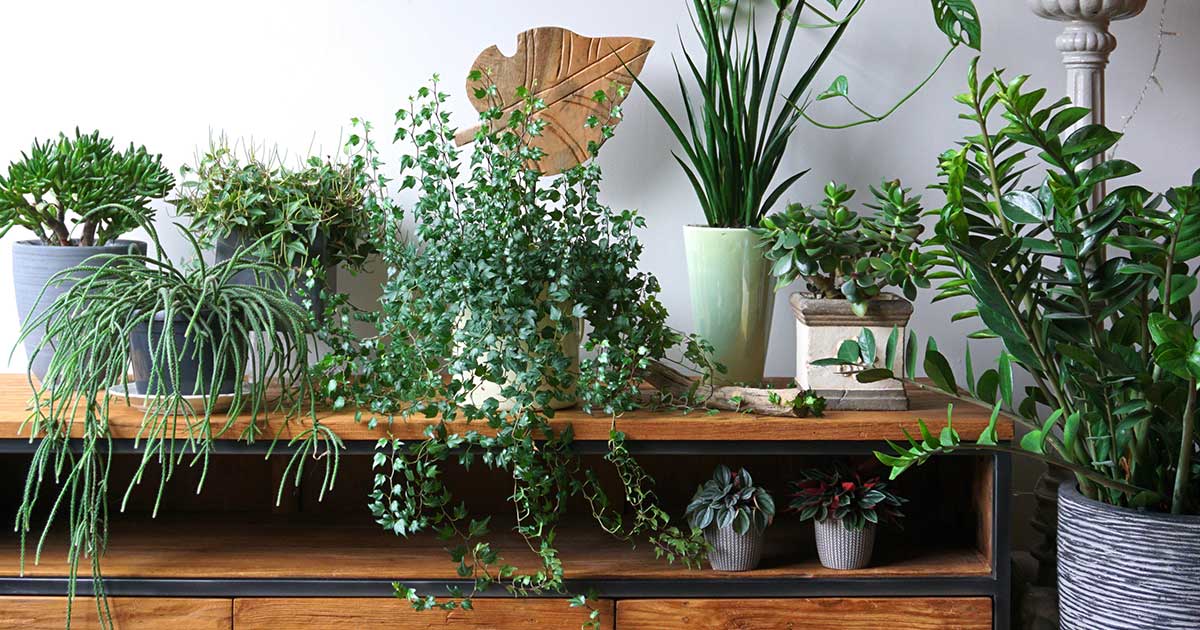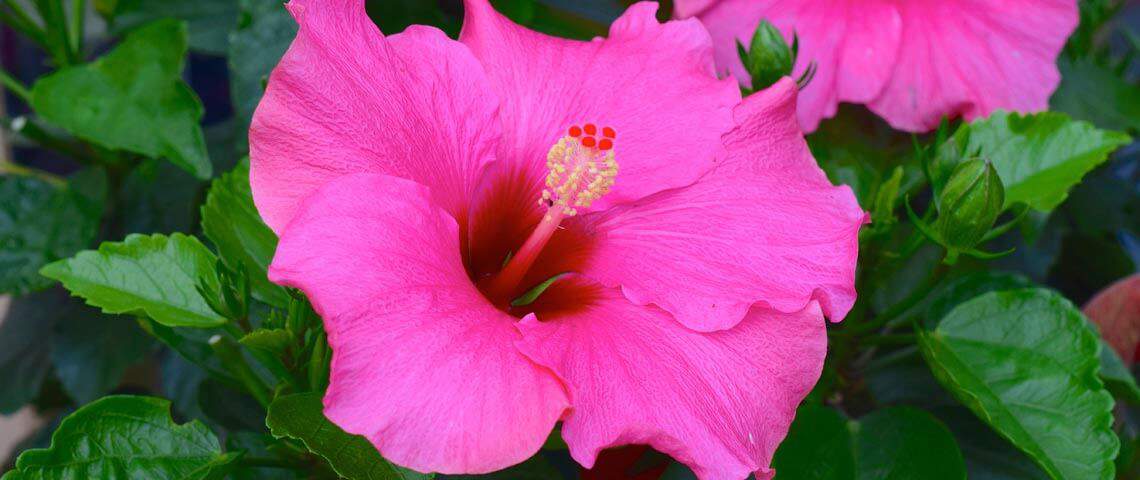How to Create a Shade Garden with Coleus
Creating a beautiful shade garden can challenge gardeners of all skill levels, from beginners to lifelong enthusiasts. Shady nooks require a different approach – and different plants – than sunny areas that burst with blooms. But even if your garden is long on shade, it doesn't have to be short on color. Vibrant, shade-loving coleus, also known as painted or flame nettle, can help your shade garden shine.
Look Beyond Blossoms
Successful shade gardens embrace low light and turn constraints into advantages. Flowering plants common to sun gardens depend on abundant light for colorful blooms. In shade, those plants fade into shadows and leave gardens looking dull and lifeless. Shade gardens look beyond flowers to other attributes instead. Size and form take on importance, and leaf texture is accentuated.
Coleus foliage runs from small, dainty scallops to large, ruffled and quilted leaves. The texture of coleus brings shade gardens richness and beauty: leaves pair dazzling colors, such as lime green, fuchsia or neon purple, with deep shades of chocolate, burgundy or red in boundless patterns and combinations.
Coleus names often give clues to leaf colors and features. Inky Fingers coleus pairs deep, inky chocolate with a scalloped lime-green edge. Trusty Rusty coleus offers bright, copper-rust leaves rimmed with lemon-yellow beading. Magenta, lime and dark green combine in Watermelon coleus leaves. The reptilian Coleusaurus coleus has every leaf crevice in bright burgundy and every high point in lime green.
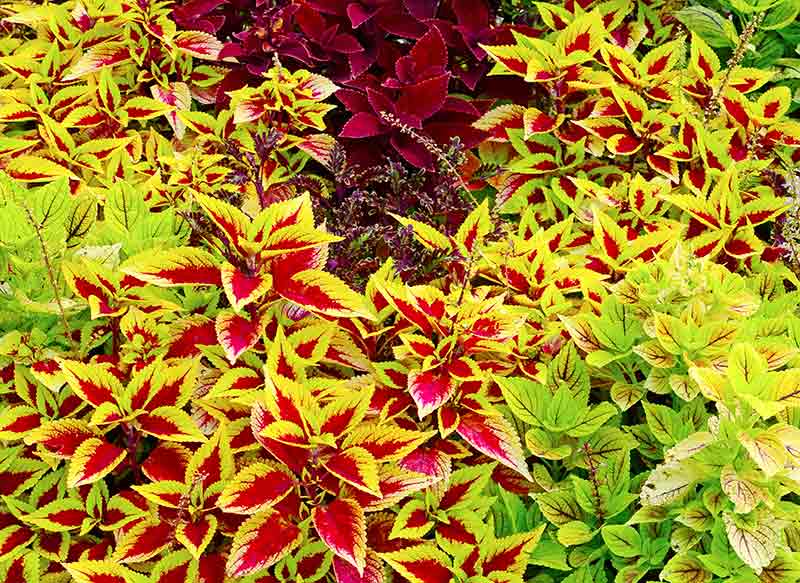
Balance Water and Light
Coleus require little maintenance. They tolerate wide-ranging soil types or pH, but need excellent drainage. When planting coleus in areas that don't get much sun, be careful not to overwater. Coleus thrive in cool, evenly moist, well-drained soil. Consistent moisture is good, but soggy conditions cause root disease. Watering should complement available sun.
Some modern coleus varieties handle full sun, but most still flourish with at least dappled shade and direct sun limited to morning hours. Too much sun or intense midday rays leave foliage scorched and faded; too little light causes weak growth. A balance is important for coleus beauty and health. Plants with darker leaf colors generally tolerate more sun, provided they have more moisture.
Feed for Brilliant Leaves
Dramatic, color-saturated coleus foliage depends on proper nutrition. The right fertilizers keep energy directed into colorful leaves. The richest, most brilliant colors rest on balanced nutrients at planting, followed by consistent, season-long feedings. Nourish your coleus and your soil at planting time with Pennington Rejuvenate Plant Food All-Purpose 4-4-4. The blend of natural and organic ingredients starts feeding immediately and continues to feed for up to 4 months. The nutrient-rich formula starts feeding immediately and continues to feed for up to 4 months.
Too much fertilizer diminishes vibrancy, but low-level organic nutrients reward shade gardeners with outstanding coleus color. Alaska Fish Fertilizer 5-1-1, listed by the Organic Materials Review Institute (OMRI), combines low phosphorus and potassium with a high level of nitrogen to enhance foliage growth and color. Ongoing feedings are especially important for container-grown coleus, which often lose nutrients due to increased watering.
Protect Against Insect Damage
Coleus are prone to insects, such as mealybugs, whiteflies, and spider mites. Visible damage can be holes in leaves, or white cottony spots on stems and leaves. Apply Sevin Insect Killer Ready To Spray on infected areas or where insects are present. The spray kills by contact, will not harm your coleus, and continues protecting for up to 3 months.
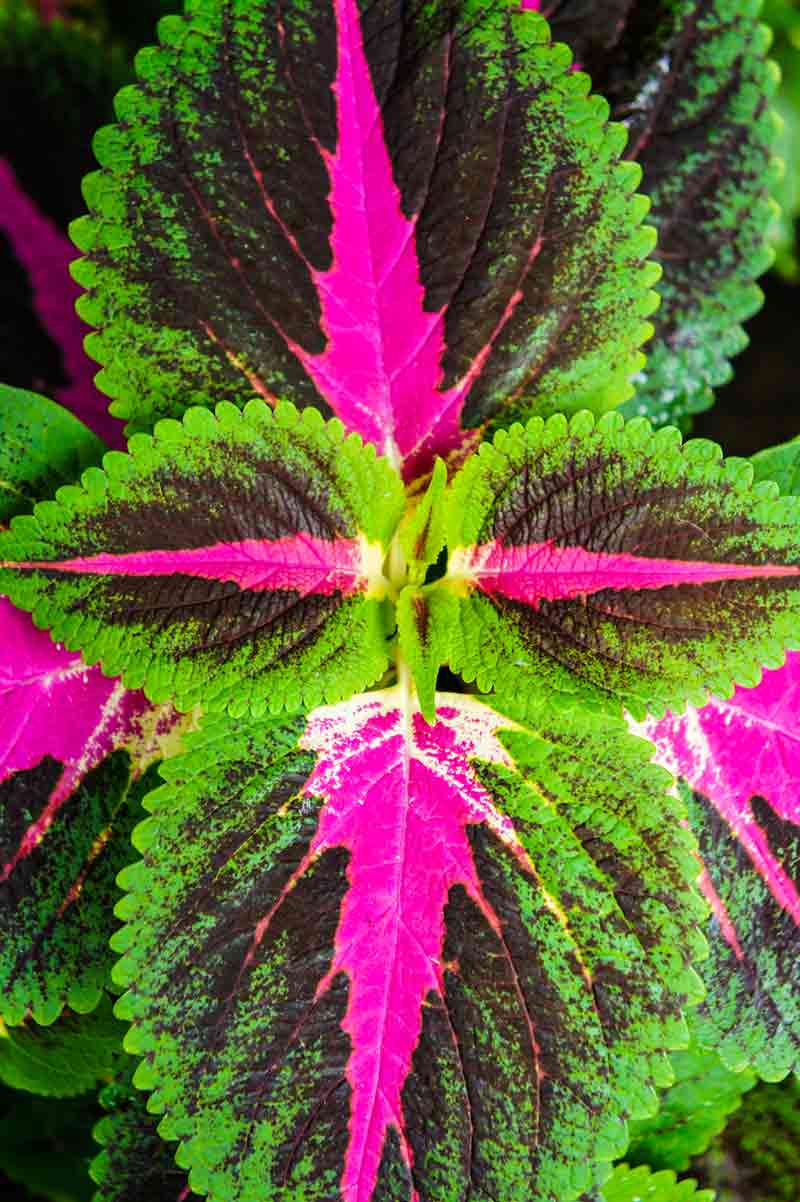
Keep the Focus on Foliage
Timely pinching and pruning helps coleus stay foliage-focused. Coleus belong to the mint family, as evidenced by their squared stems, and have mint-like blossoms. But most gardeners don't allow coleus to flower, because the blooms aren't very pretty and hinder plant growth.
Flowering signals it's time for seed production, so energy shifts from colorful leaves to seeds. Using the area between your forefinger and thumb, pinch right where flower buds appear above leaf pairs or branches to remove buds and keep coleus on track. This also promotes more branching and greater fullness.
Enjoy Coleus Indoors and Out
Victorian gardeners favored coleus for intricate garden designs, exotic houseplants and striking bouquets. Trailing garden coleus form beautiful patchwork ground covers or spill exuberantly over container rims. Mounded or upright coleus provide colorful backdrops that draw eyes into shady depths. They can even be trained into treelike topiaries.
Coleus reliably survive winter outdoors in U.S. Department of Agriculture plant hardiness zones 11 and warmer, where winter temperatures rarely dip below 40 degrees Fahrenheit. Though usually sold as annual-like bedding plants, these tender tropical perennials can survive for years if protected from frost. Coleus move easily between gardens and seasons — just keep them indoors until all danger of spring frost has passed and evening temperatures top 55 F. When autumn approaches, bid coleus goodbye or transplant them to containers and move them inside for winter.
Coleus in your planting palette opens your shade garden to exciting new levels of texture, form and vivid color. With proper conditions and color-enhancing nutrition, coleus can make your shade gardens shine.
Always read the product label and follow instructions carefully.
GardenTech is a registered trademark of Gulfstream Home and Garden, Inc.
Sevin is a registered trademark of Tessenderlo Kerley, Inc.

